In a speech, Fed Governor Christopher Waller expressed concern over the persistently high inflation rates and emphasized the need for the continuation of tighter monetary policies.
Waller stated, “Whether you measure inflation using the CPI or the Fed’s preferred measure of personal consumption expenditures, it is still much too high and so my job is not done.”
“I interpret these data as indicating that we haven’t made much progress on our inflation goal, which leaves me at about the same place on the economic outlook that I was at the last FOMC meeting, and on the same path for monetary policy,” he added.
His outlook remains consistent with the stance from the last FOMC meeting, indicating a steadfast commitment to tightening monetary policy. He emphasized that “the labor market continues to be strong and quite tight, and inflation is far above target, so monetary policy needs to be tightened further.”
The Fed Governor also emphasized that, given the current circumstances, “monetary policy will need to remain tight for a substantial period of time, and longer than markets anticipate.”
Full speech of Fed Waller here.




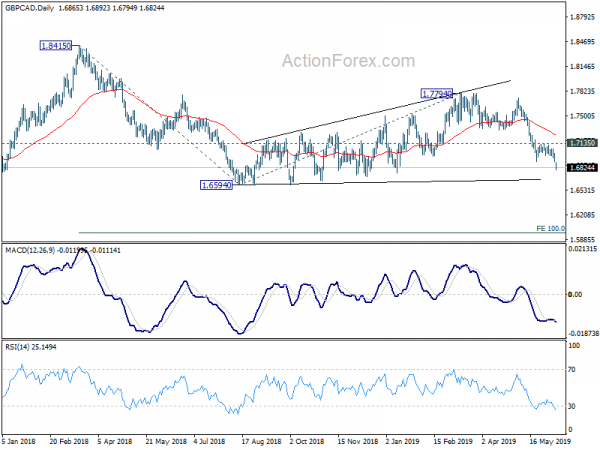
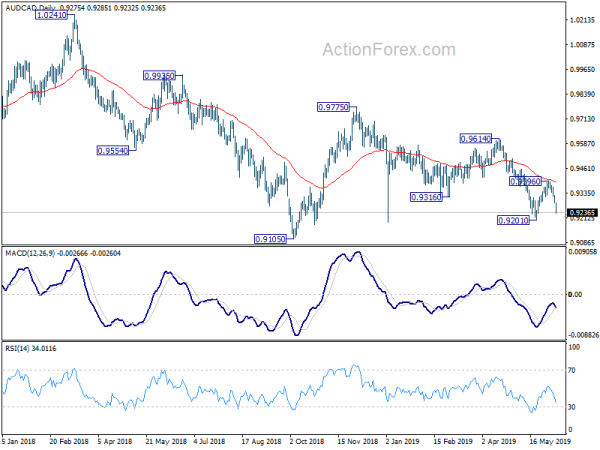
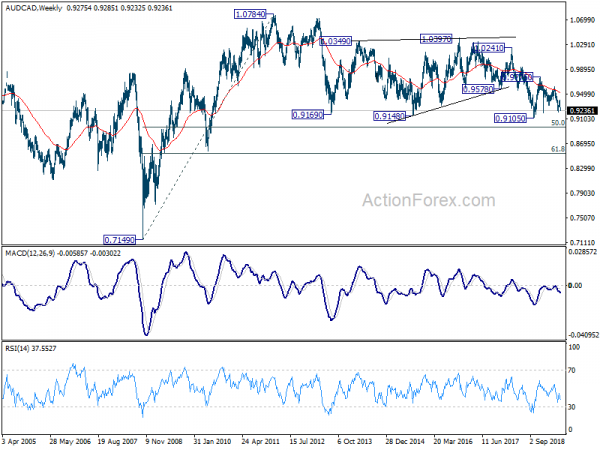
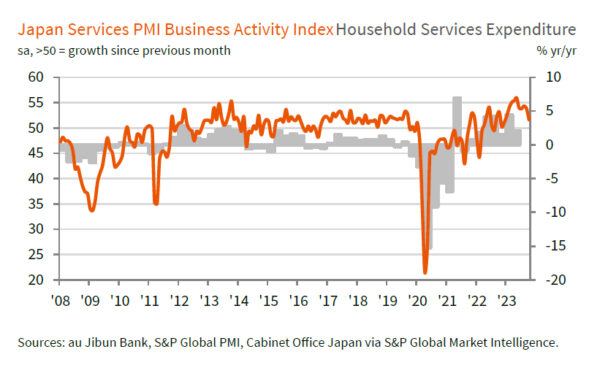
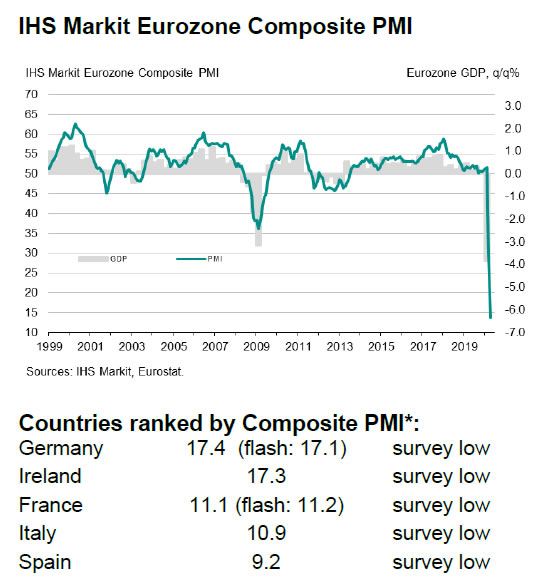
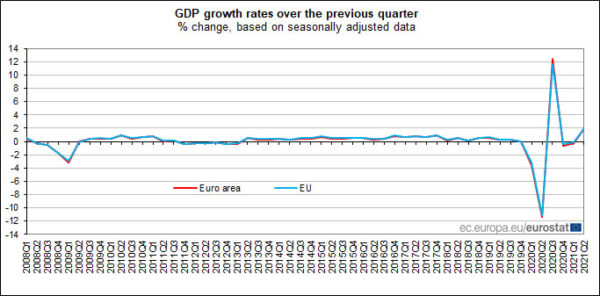
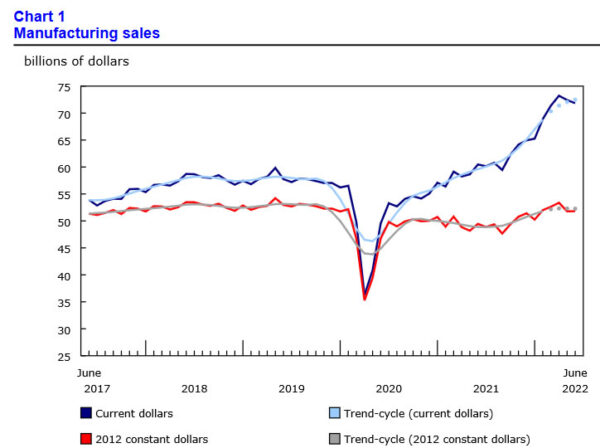

UK CBI: Don’t diverge from EU rules after Brexit
The Confederation of British Industry published a report showing that UK business overwhelming prefer to stay with EU rules after Brexit. Carolyn Fairbairn, CBI Director-General, said the report comes from “heart of British business” and it provides “unparalleled evidence to inform good decisions that will protect jobs, investment and living standards across the UK.” She urged “major acceleration” in the partnership between businesses and the government to deal with Brexit issues.
She warned that “it’s vitally important that negotiators understand the complexity of rules and the effects that even the smallest of changes can have. Deviation from rules in one sector will have a knock-on effect on businesses in others, and divergence from rules in one part of a production process will have consequences for market access throughout entire supply chains.”
Fairbairn added that “it’s hard to overstate the importance of the decisions that will be taken over the next six months. Put simply, for the majority of businesses, diverging from EU rules and regulations will make them less globally competitive, and so should only be done where the evidence is clear that the benefits outweigh the costs.”
CBI devised three principles for further Brexit negotiations:
Here is the 114-paged reported titled “Smooth operations: An A-Z of the EU rules that matter for the economy“.